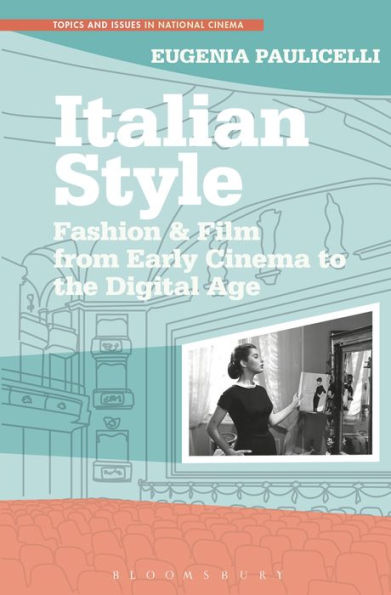5
1
9781501334924



Italian Style: Fashion & Film from Early Cinema to the Digital Age available in Paperback, eBook

Italian Style: Fashion & Film from Early Cinema to the Digital Age
- ISBN-10:
- 1501334921
- ISBN-13:
- 9781501334924
- Pub. Date:
- 09/21/2017
- Publisher:
- Bloomsbury Academic
- ISBN-10:
- 1501334921
- ISBN-13:
- 9781501334924
- Pub. Date:
- 09/21/2017
- Publisher:
- Bloomsbury Academic

Italian Style: Fashion & Film from Early Cinema to the Digital Age
$47.95
47.95
In Stock

Product Details
| ISBN-13: | 9781501334924 |
|---|---|
| Publisher: | Bloomsbury Academic |
| Publication date: | 09/21/2017 |
| Series: | Topics and Issues in National Cinema |
| Edition description: | New Edition |
| Pages: | 288 |
| Product dimensions: | 6.00(w) x 9.00(h) x 0.64(d) |
About the Author
From the B&N Reads Blog
